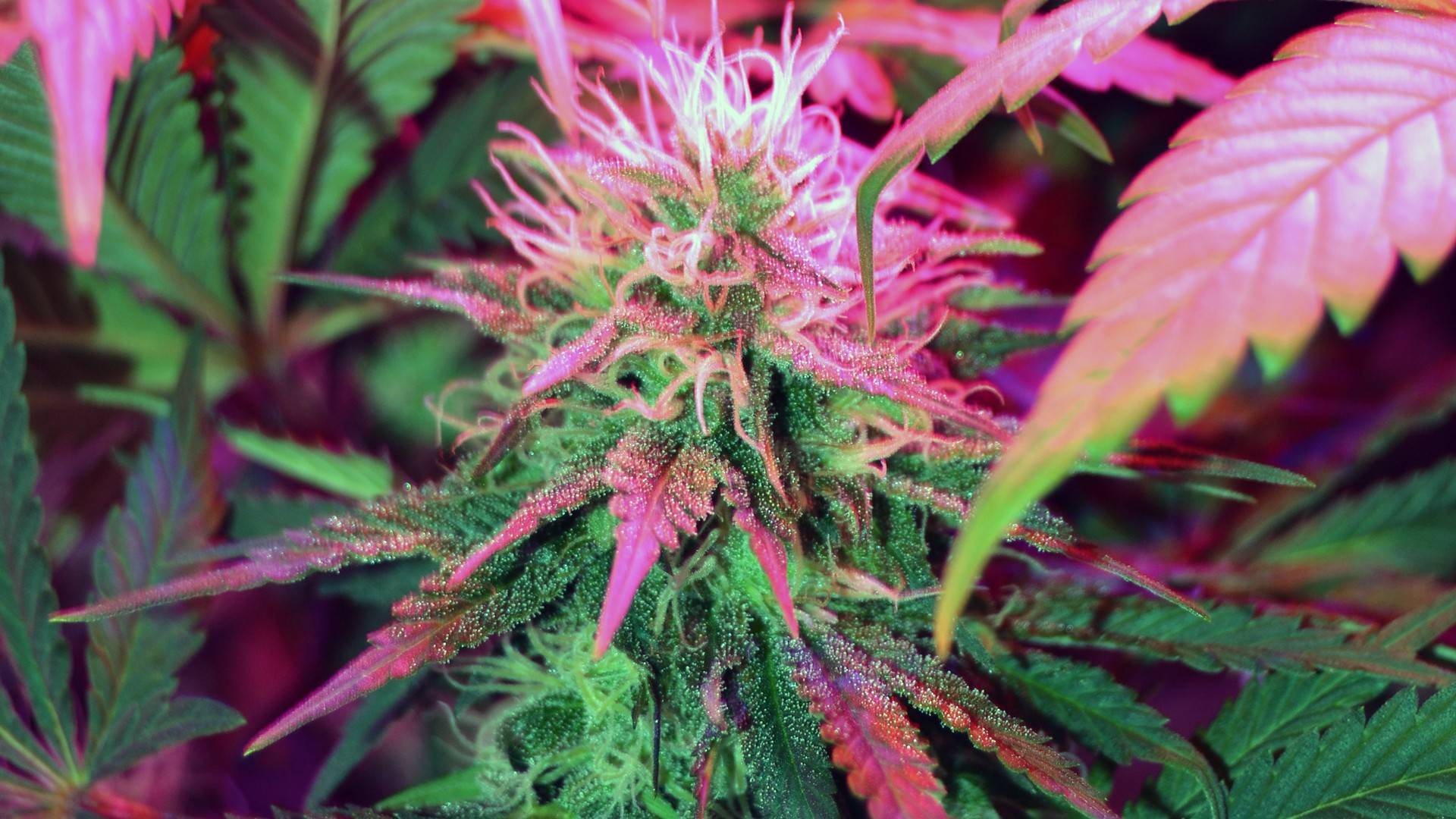Several kinds of waste come from different marijuana production
activities ranging from plant remains and fragments,
chemical decomposition products, and ends up in the product packaging.
Appropriate management practices help in the disposal of cannabis
refuse is warranted with an aim of protecting the environment and the public.
In this case, the disposal of plant material after it has been used is a challenge as it is in other areas of life.
With regards to the environment, the disposal of cannabis waste
is polluting and also carries the risk of a regulatory infraction
because some kinds of waste can only be used for composted material or industrial projects.
Contamination of soil and water through canning arises from improper use and application of pesticides and fertilizers within the agriculture sector.
You will notice that packaging waste has adverse effects on the environment in as much as most people do not know.
Disposal in the industry involves plastic boxes that are used in packaging of legal cannabis products become landfill waste after customers exhaust their products.
Companies that observe environmental friendly activities seek environmentally friendly packages and reusable packages with recycling strategies.
Consumers should protect the environment through purchasing cannabis brands that use environmentally friendly measures and show that such measures should also extend to the proper disposal of the containers.
Impact on Air Quality
The scents generated by cannabis plants affect the quality of air in given areas created for growth of marijuana.
A common consequence of excessive odor production from densely populated areas is the residents’ irritation that leads to conflicts between growers and neighbors.
Governments have therefore resorted to enacting air quality standards for cannabis grows in various territories.
To mitigate the impact of such disturbances in the neighborhood, growers must put in place odor elimination systems or filtration method,
or switch on a carbon filters depending on the code of the laws.
The region has buffer zonal policies that establish the minimum distance
that is required from the cultivation practices and residential areas.
The prospective of indoor air pollution in cannabis indoor cultivation facilities is given by inadequate ventilation in space.
Organizational diseases may be brought about by mold,
pesticides and the chemicals used in farming due to accumulation in the interior structures.
Thus, it is entirely clear that for safe sustainable growing environment it requires air venting with purification systems.
